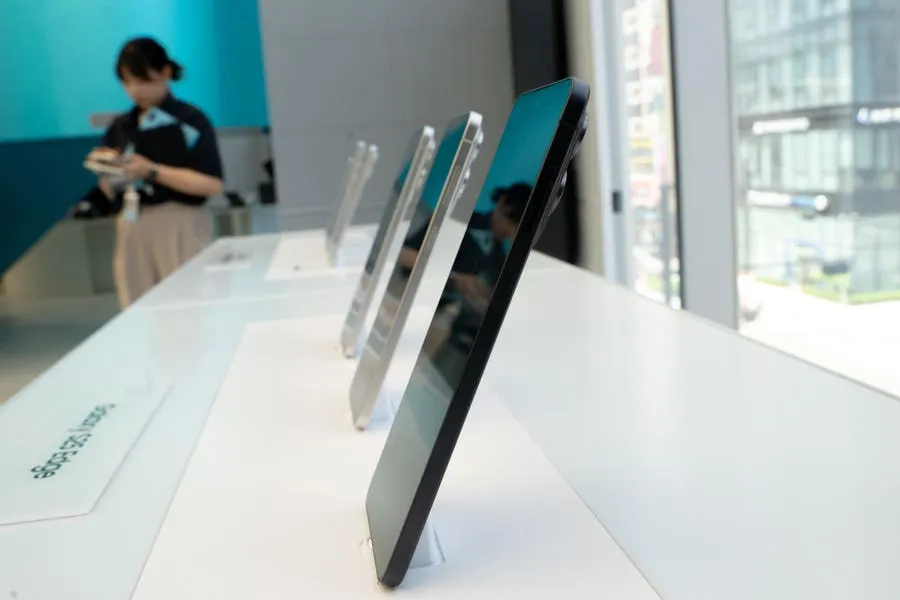Forbes contributors publish independent expert analyses and insights.
Samsung's high-profile launch of its thin handset, the Galaxy S25 Edge, has pushed thin form factors to the foreground of 2025's smartphone market. With the upcoming launch of the iPhone 17 Air, Apple will offer its own blessing to this design ethos. Yet Samsung's leading role in this space holds a warning to all who enter it, including Apple.
Thin designs may be in, but they're not as popular as expected.
Following the first rush of sales, primarily in its home territory of South Korea, demand for the Galaxy S25 Edge has dropped away. This is beyond the expected drop in interest after the fans pick up the shiny new form. It goes right up to Samsung cutting the planned production run short.
Mihai Matei reports for SamMobile; "Because the Galaxy S25 Edge underperformed, Samsung has reportedly lowered the number of Edge units it initially planned to produce this month. "Considerably lowered," to be more precise, although no exact production figures were revealed."
In which case, where can Samsung, and shortly Apple, find value in the ultra-fashionable smartphones that sacrifice battery life, performance, and camera hardware for fewer millimetres than the standard?
The Galaxy S25 Edge does feed directly into another of Samsung's key smartphone form factors, namely the folding smartphone. Both the book-style hinge of the Galaxy Z Fold series and the fliphone format of the Galaxy Z Flip look for both sides to be as thin as possible to ensure that the folded phones come in at a reasonable size when closed. The Galax S25 Edge will have used much of that technology, but will also be feeding back its design lessons to the foldable design team.
Of course, Apple has its own thin products; no doubt, the techniques used in the iPhone 17 Air will make their way over to the premium iPads and the various MacBook laptops. And its eternal quest to offer "the thinnest iPhone ever" will see the 17 Air design cues passed to the iPhone 18 family in 2026.
So there's little in the hardware of the iPhone 17 Air that will be wasted over the long term. Like every smartphone manufacturer, there's a need for a luxurious handset which showcases technological prowess without necessarily being the keystone of the range.
Samsung managed the latter with the Galaxy S25 Edge, yet its target was still too high. The market demand for a thin handset looks to be softer than expected. I'm sure that the iPhone 17 Air is going to get a lot of press, a lot of time on stage, a lot of favorable press, and countless influencer videos on the value and the style of the design. And with all the market signs coming in now, I'm also sure that the 17 Air will not be breaking any sales records when it arrives in September.
